Exploring the Causes and Treatments of Asymmetrical Eyes
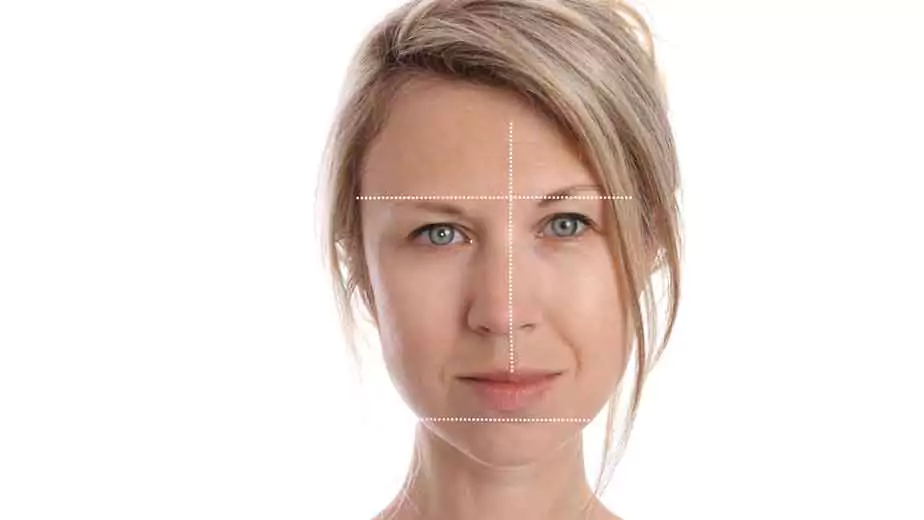
Asymmetrical eyes, or eye and facial asymmetry together, are common facial features that many people have. Although it’s perfectly normal to have some degree of facial asymmetry, uneven eyes can be a source of concern for some individuals. In this blog post, we will discuss the causes of eye and facial asymmetry together, the effects it can have on one’s other facial features and appearance, and various treatment options to fix uneven eyes.
1 Causes of Asymmetrical Eyes
There are several factors that can contribute to eye asymmetry and uneven eyes, including genetics, ageing, and underlying medical conditions. Some common causes of uneven eyes are:
Upper eyelid ptosis
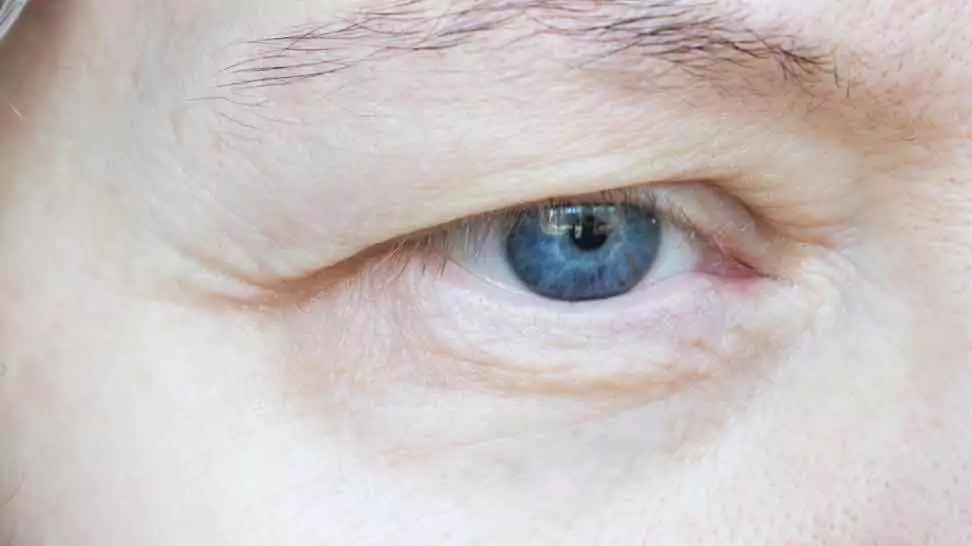
This is a droopy eyelid condition where the upper eyelid droops due to weak eye muscles or excess tissue, causing the eyes to appear uneven.
Sunken eye
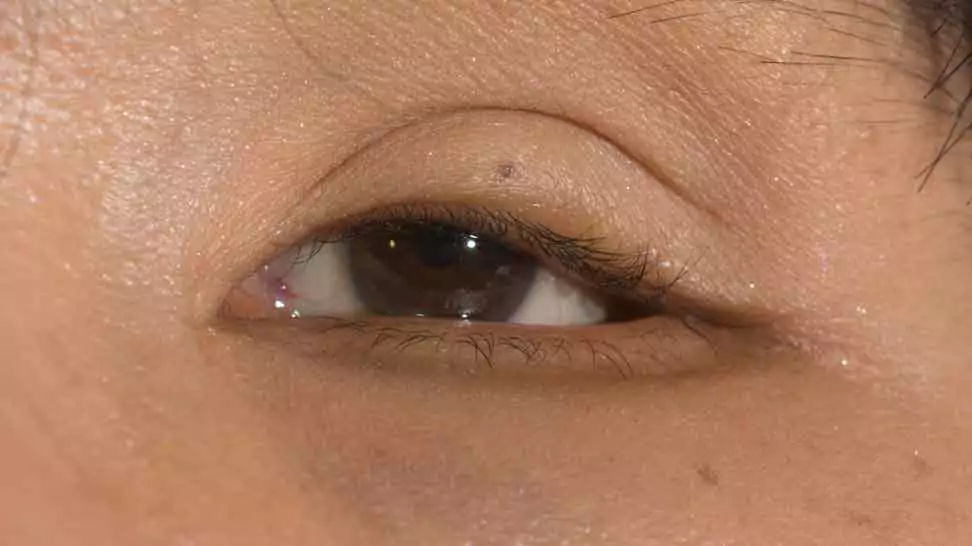
A sunken eye, also known as enophthalmos, can be caused by several medical conditions, including silent sinus syndrome or an orbital fracture. Orbital surgery, such as orbital decompression surgery, may be necessary to treat the underlying condition and restore eye symmetry.
Brow lift
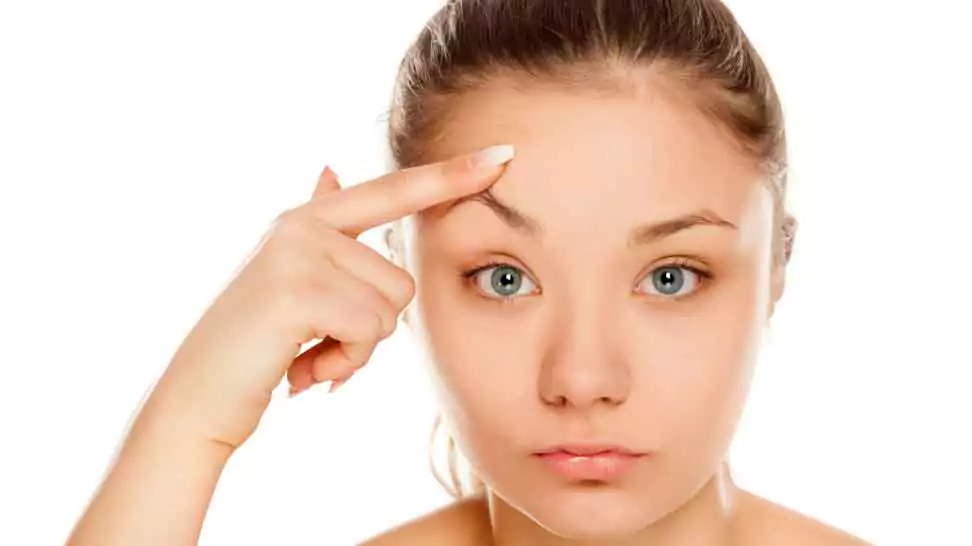
Uneven eyebrows can also cause the eyes to appear asymmetrical. A brow lift is a cosmetic procedure that can help correct this issue.
2 Effects of Asymmetrical Eyes on Facial Appearance
Asymmetrical eyes can have several effects on one’s own facial features and appearance, including:
Uneven eyelids
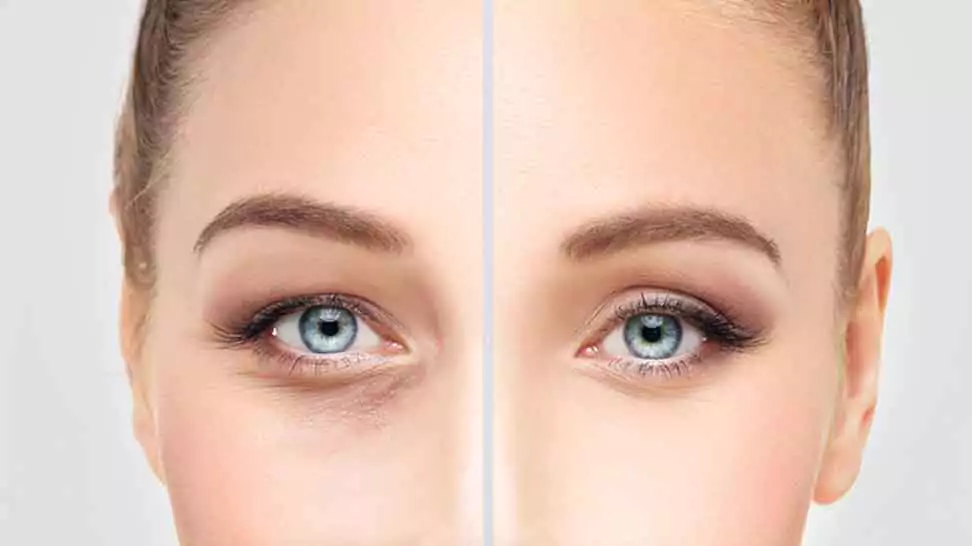
Asymmetrical eyes can cause uneven eyelids, which can be a cosmetic concern for some individuals.
Droopy eyelids
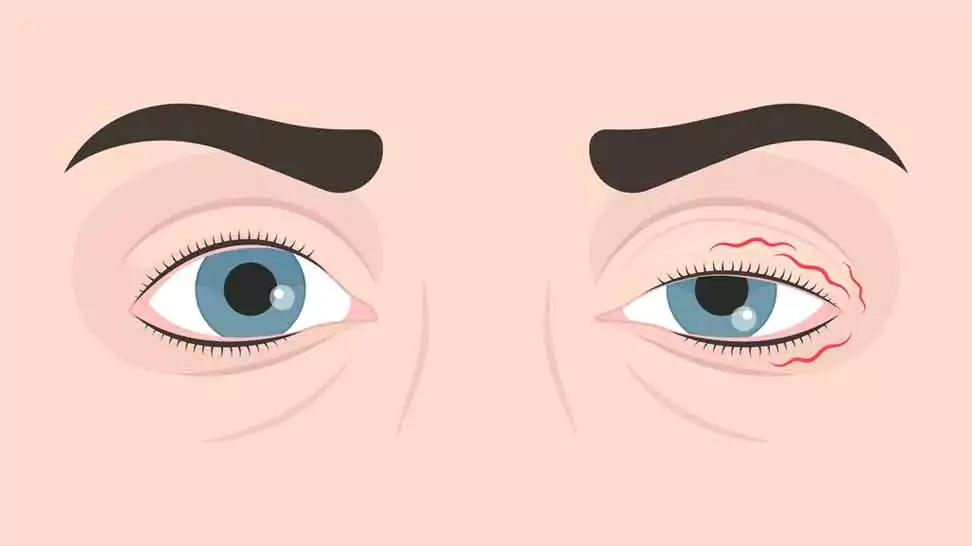
Eye asymmetry can also result in droopy eyelids, which can make the eyes appear tired or aged.
Skin discolouration
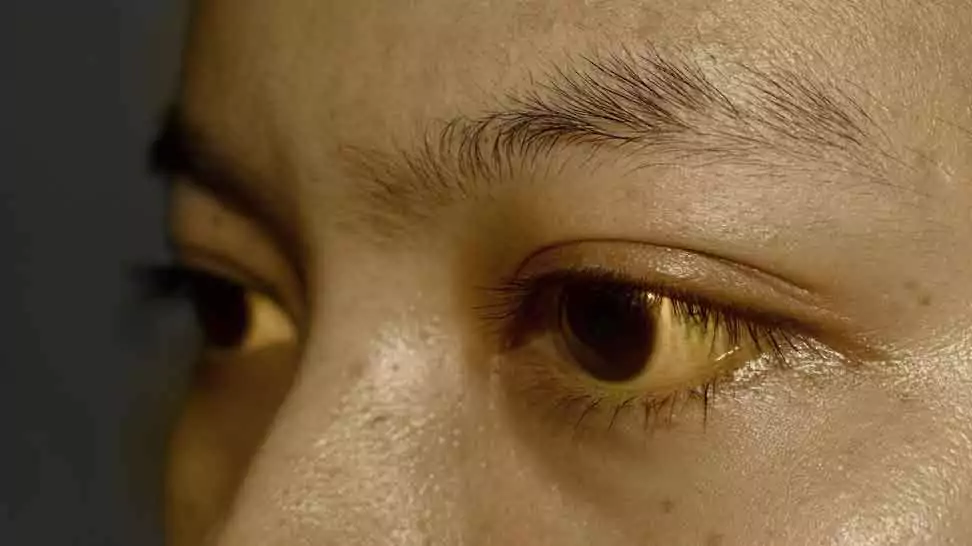
In some cases, uneven eyes can cause skin discolouration or excess skin around the eyes, further affecting facial appearance.
3 Treatment Options to Fix Uneven Eyes
There are several treatment options available to fix asymmetrical eyes, ranging from non-surgical methods to cosmetic surgery. Some of the most common treatments to fix asymmetrical eyes include:
Eyelid tape
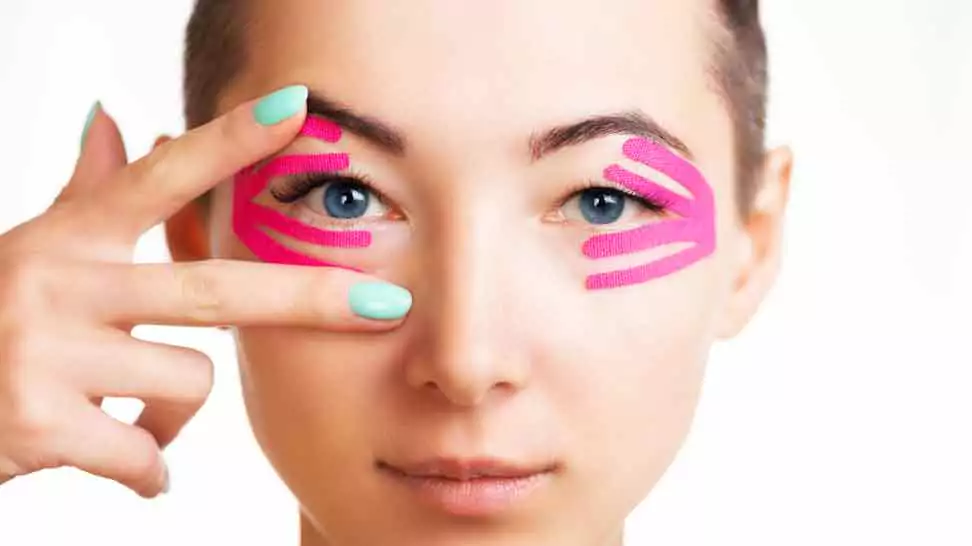
This is a temporary solution that involves using adhesive strips to lift the upper or lower eyelids, creating a more symmetrical appearance.
Botox injections
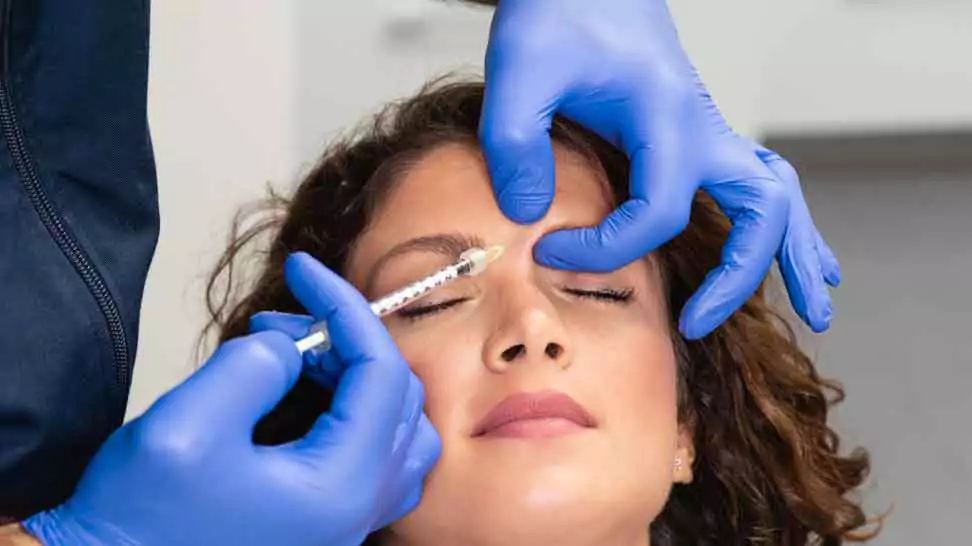
Botox is a muscle relaxer that can be injected into the affected eye muscles to help correct asymmetrical eyes. This is a non-surgical option that can provide temporary results.
Ptosis surgery
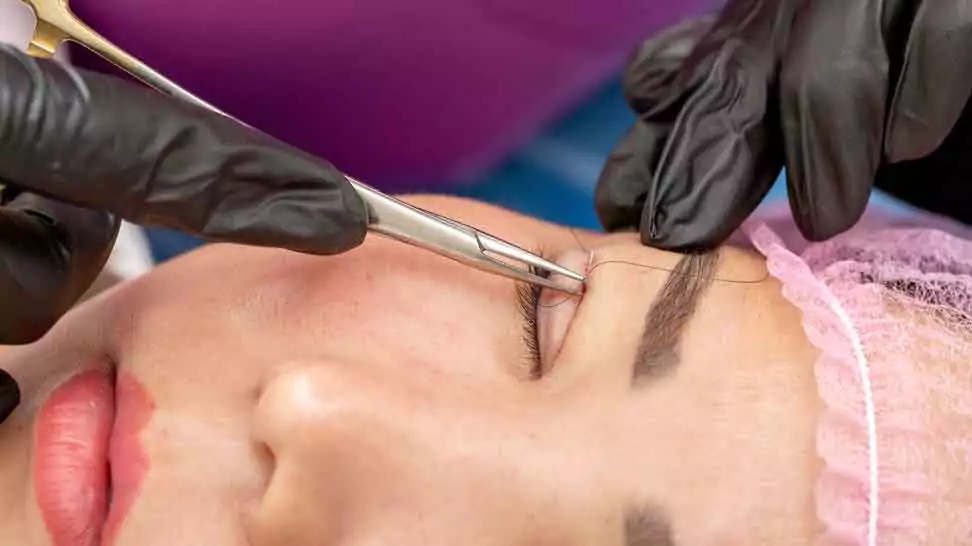
Also known as an eyelid lift or blepharoplasty, ptosis surgery is a surgical procedure that can correct droopy eyelids and fix uneven eyes. This procedure involves removing excess tissue and tightening the eye muscles to create a more youthful appearance.
Brow lift

As mentioned earlier, a brow lift is a cosmetic procedure that can help correct uneven eyebrows and improve overall eye symmetry.
Orbital decompression surgery
In cases where a sunken eye is the cause of eye asymmetry, orbital decompression surgery may be necessary to treat the underlying medical condition and restore eye symmetry.
Orbital fracture repair
If eye asymmetry is caused by an orbital fracture, surgical repair of the fracture may be necessary to restore eye symmetry.
When considering any cosmetic procedure or surgical method to fix uneven eyes, it is essential to consult professional medical advice from a cosmetic surgeon or an eye doctor. They will help determine the best treatment option based on your individual needs and the risks involved.
4 Non-Surgical Alternatives to Correct Asymmetrical Eyes
If you prefer not to undergo cosmetic surgery or other medical treatments, there are several non-surgical alternatives to correct asymmetrically eyes:
Makeup techniques
Makeup artists and online video tutorials can teach you how to use eye shadow and other makeup products to create the illusion of more symmetrical eyes. By strategically applying makeup, you can help balance out uneven eyelids and create a more even appearance.
Eyebrow shaping
Properly shaped and groomed eyebrows can help minimize the appearance of asymmetrical eyes. You can consult with a professional or use online tutorials to learn how to shape your eyebrows to create a more balanced look.
Eyelid tape
As mentioned earlier, eyelid tape is a temporary solution that can help lift droopy eyelids and create a more symmetrical appearance. This is a non-invasive option that can be easily applied and removed.
Bell's palsy treatment
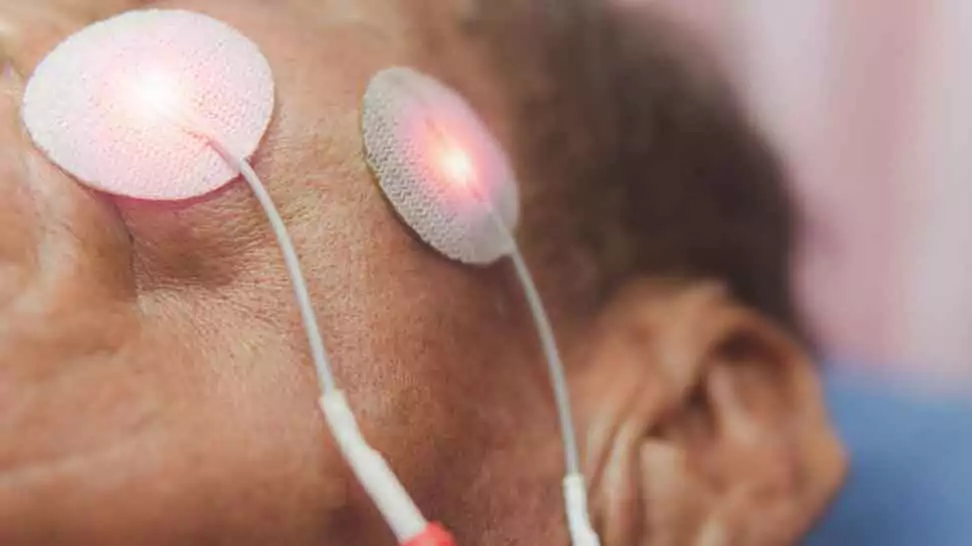
In some cases, asymmetrical eyes may be the result of Bell’s palsy, a medical condition that causes temporary facial paralysis. Treatment for Bell’s palsy may include medication, physical therapy, and other non-surgical options to help improve facial symmetry.
5 Risks and Recovery from Surgical Procedures
As with any surgical procedure left eye side, there are risks involved in correcting asymmetrical eyes. Some potential risks and complications include:
Temporary bruising and swelling
Following surgical procedures such as ptosis surgery or brow lifts, it is common to experience temporary bruising and swelling around the eyes. This typically subsides within a few weeks.
Incision scars
Incision scars are a common side effect of surgical procedures, but they usually fade over time and become less noticeable.
Vision problems
In rare cases, surgical procedures to correct asymmetrical eyes can result in vision problems or complications related to the optic nerve.
Infection
As with any surgery, there is a risk of infection. However, following your surgeon’s post-operative care instructions can help minimize this risk.
Recovery from surgical procedures to correct asymmetrical eyes will vary depending on the specific treatment and individual factors. It is important to follow your surgeon’s advice and guidelines to ensure a smooth recovery process.
6 Wrapping Up
Having asymmetrical or uneven eyes is perfectly normal, as perfect facial symmetry is quite rare. However, if eye asymmetry is causing you significant concern or affecting your self-confidence, there are various treatment options available to fix uneven eyes. These include non-surgical methods, such as makeup techniques and eyelid tape, as well as surgical procedures like ptosis surgery or brow lifts on the soft tissues.
Before considering any cosmetic or surgical intervention, it is crucial to consult with a piece of professional medical advice, such as an eye doctor or cosmetic surgeon, to determine the best course of action based on your individual needs and the risks involved. Remember, the cosmetic reasons why your eyes appear as facial features and left eye are unique to you, and the decision to pursue treatment to correct asymmetrical eyes should ultimately be based on personal preference and professional advice.
Community Q&A
About This Article
This article has been viewed 553 times.



